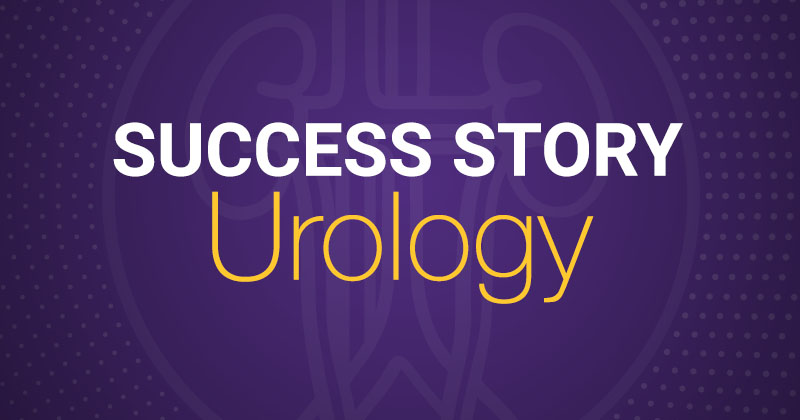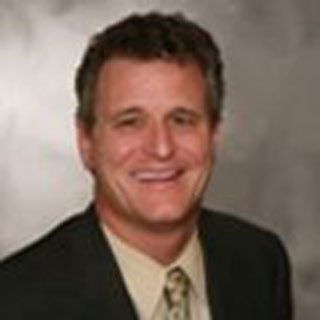Dr. Robert Hoofnagle Improves Workflow and Saves Time With the Urology EMR System, EMA®

Case Study

The Goals
- Implement an intuitive and urology electronic medical record (EMR) system
- Work alongside a vendor’s skilled implementation and training team
- Improve communication among staff and with patients
- Increase accessibility to patient records outside of the office
Key Benefits Experienced
- Urology EMR system
- Intuitive iPad application helps improve workflow and communication
- Seamless transition to ICD-10 helps decrease billing turnaround times
- Ease of use generates thorough notes more quickly
Practice experiences enhanced communication among office staff and with patients.

“I’m able to document not only faster but also more efficiently and my billing turnaround time has decreased. I do not have to take charts home to be completed; at the end of the day I’m finished. There isn’t another system that could be easier yet as thorough.”
‒ ROBERT F. HOOFNAGLE, JR., MD, PA
Background
Dr. Robert Hoofnagle, a urologist in Bel Air, MD, had been using an EMR system for over ten years when he decided to implement a change in his practice.
“Although I had been using my previous EMR system for a number of years, I found it to be very cumbersome, template-based and wasn’t developed specifically for urologists. I wanted a urology EMR system that was easy-to-use and understood my workflow as a urologist,” Dr. Hoofnagle shared.
“A colleague recommended Modernizing Medicine’s EMR system, EMA, because it was designed specifically for urology. I participated in a demonstration and it was love at first sight. It was so intuitive, sleek and user-friendly. I just didn’t see a reason to research other systems; I knew EMA was the right fit for my practice,” he said.
“The Modernizing Medicine team was wonderful to work with making for a smooth implementation process given their tremendous support. We started with remote weekly training sessions online and within a few short weeks, we had the flow down. Upon going live, the first week we scaled back to seeing only 50 percent of our patient volume, but by week three we were running around the track at full speed.”
Urology-specific Content
Since EMA was designed to adapt to its user, Dr. Hoofnagle’s most frequent diagnoses and preferred treatment plans, for example, automatically update after seeing each patient. No manual customization required.
“We needed a urology-specific system not just impression wise, but also for the follow-up plans, types of tests we order, labs, procedures, etc.,” explained Dr. Hoofnagle. “Since implementing EMA, our workflow has significantly improved. Not only by how efficiently we see our patients, but also how we flow within the office. Patient information seamlessly moves from the complaint to the exam room to the impression and plans and then back to the clerical side. The front desk can see what we accomplished and plan to do which allows for better communication internally. In addition, patient communication has improved regarding results.”
Increased Efficiency and Automated Suggested Coding
Dr. Hoofnagle uses EMA on the touch-based iPad EMR enabling him to note faster which saves him time. Also, with the automated suggested coding it generates, his billing process has improved.
“I was looking for ease-of-use in an EMR system and EMA has given me just that. I’m able to document not only faster but also more efficiently and my billing turnaround time has decreased. The ICD-10 codes are automatically suggested along with the support documentation needed for claims,” he said. “I do not have to take charts home to be completed; at the end of the day I’m finished. There isn’t another system that could be easier yet as thorough.”
“I love the mobility of the iPad and that EMA is cloud-based, eliminating the need for a bulky server that needs to be maintained. If an issue should arise while I’m out of the office, I can access the patient’s chart on the iPad and send a prescription within minutes. Also, while in the exam room I no longer have to put my head down to type. The touch-screen interface has allowed this scenario to be factored out and I can better interact with my patients.”